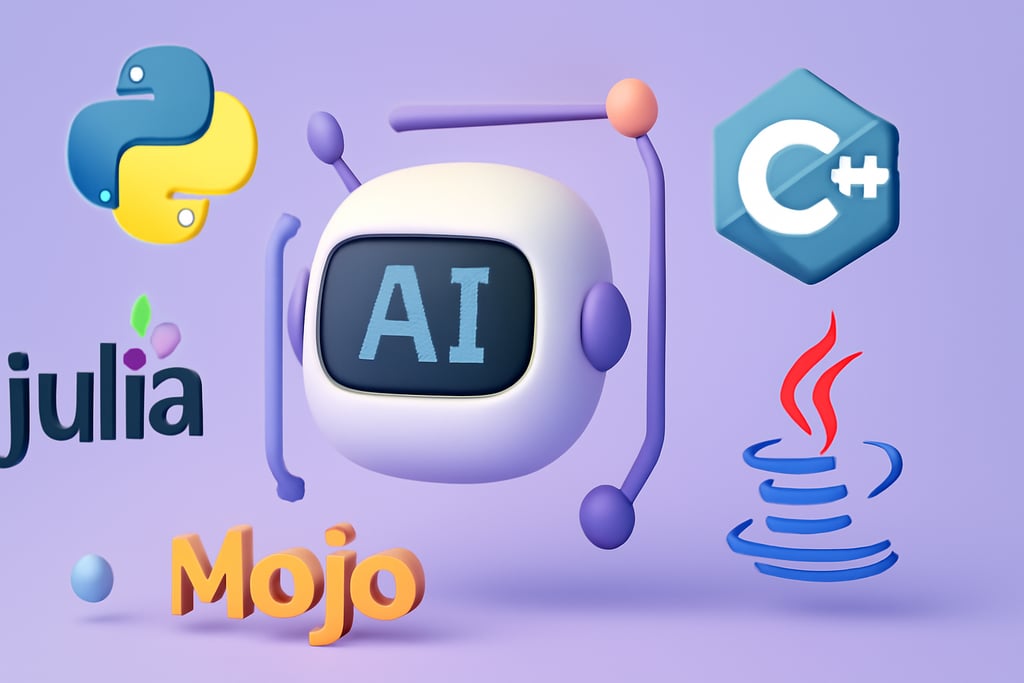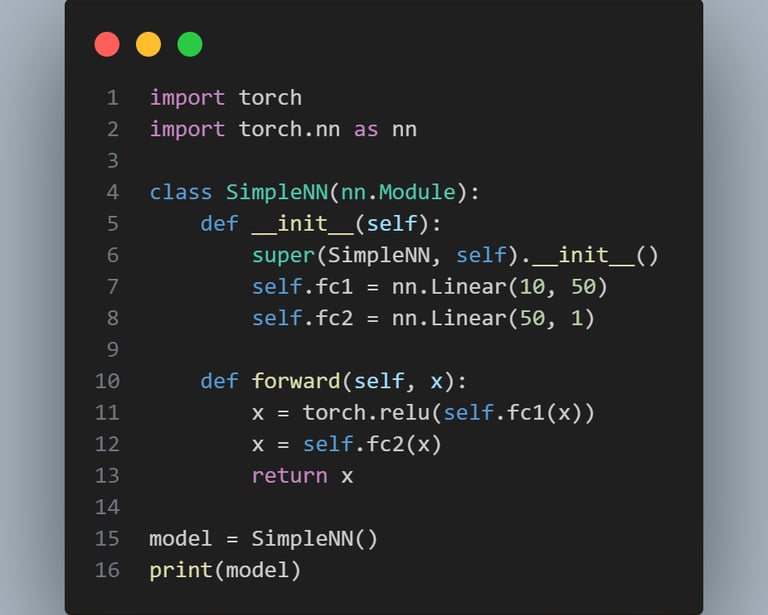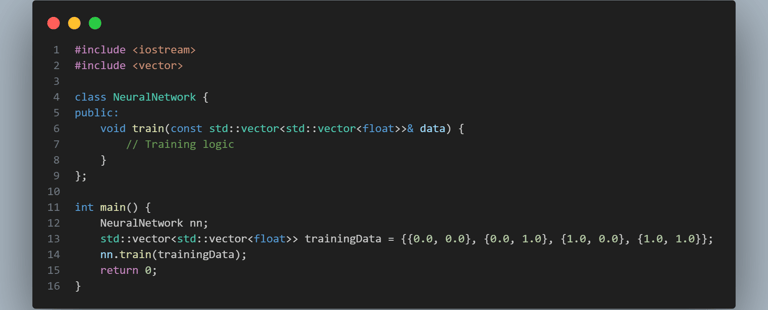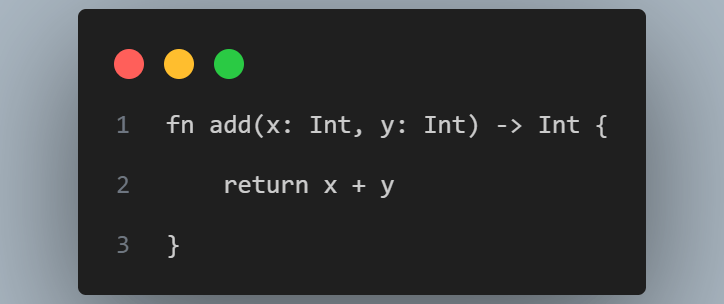Discover the Best Programming Language for AI: Top Choices for 2025
Explore the Leading Programming Languages for AI Development
TECHNOLOGYSOFTWARE DEVELOPMENTMACHINE LEARNING
frostBytes
8/12/20253 min read


Artificial Intelligence (AI) continues to revolutionize industries, and the choice of programming language plays a pivotal role in shaping AI development. In 2025, selecting the best programming language for AI is crucial for building efficient, scalable, and innovative AI solutions. This comprehensive guide delves into the top programming languages for AI, examining their strengths, use cases, and recent developments.
1. Python: The Dominant Force in AI
Python remains the undisputed leader in AI development. Its simplicity and readability make it accessible to both beginners and seasoned developers. The extensive ecosystem of libraries and frameworks, such as TensorFlow, PyTorch, scikit-learn, and Keras, empowers developers to build robust AI models efficiently.
Key Strengths:
Ease of Learning: Python's clean syntax and readability reduce the learning curve.
Extensive Libraries: Access to a vast array of libraries accelerates development.
Community Support: A large and active community provides valuable resources and support.
Recent Developments:
Python's popularity has surged, with AI code assistants like GitHub Copilot and Cursor enhancing productivity. These tools leverage Python's widespread use to offer more effective assistance, making Python even more appealing for AI development .
Sample Code:
Discover Best Programming Language for AI


2. Julia: The Rising Star for High-Performance AI
Julia is gaining traction in the AI community due to its high-performance capabilities and ease of use. It combines the speed of low-level languages with the simplicity of high-level languages, making it ideal for numerical and scientific computing.
Key Strengths:
High Performance: Julia's Just-In-Time (JIT) compilation allows for fast execution.
Mathematical Syntax: Its syntax is familiar to those with a background in mathematics.
Parallel Computing: Built-in support for parallel and distributed computing.
Recent Developments:
Julia's adoption is expanding in scientific computing and AI research. Institutions like NASA and CERN utilize Julia for complex simulations and data analysis .
Sample Code:


3. C++: The Choice for Performance-Critical Applications
C++ is renowned for its performance and control over system resources. It's commonly used in scenarios where speed and efficiency are paramount, such as real-time systems and game development.
Key Strengths:
Performance: Offers fine-grained control over system resources.
Real-Time Processing: Suitable for applications requiring real-time data processing.
Extensive Libraries: A rich set of libraries supports various applications.
Recent Developments:
C++ continues to be integral in high-frequency trading and game development, where performance is critical .
Sample Code:


4. Mojo: The New Contender in AI Programming
Mojo is a new programming language optimized for AI development. It aims to combine the usability of Python with the performance of low-level languages like C++ and Rust.
Key Strengths:
Performance: Designed for high-performance AI applications.
Python Compatibility: Syntax and libraries are compatible with Python.
Modern Features: Incorporates features from modern programming languages.
Recent Developments:
Mojo is gaining attention for its potential to bridge the gap between Python's ease of use and the performance of low-level languages .
Sample Code:


5. Java: The Enterprise Standard
Java remains a staple in enterprise environments due to its stability, scalability, and extensive ecosystem.
Key Strengths:
Platform Independence: Write once, run anywhere capability.
Scalability: Suitable for large-scale applications.
Robust Ecosystem: A mature ecosystem supports various applications.
Recent Developments:
Java continues to be used in backend systems and large-scale enterprise applications, maintaining its relevance in the AI landscape .
Sample Code:


Conclusion
Choosing the best programming language for AI depends on the specific requirements of your project, including performance needs, scalability, and the complexity of the tasks. Python remains a versatile and popular choice for most AI applications, while languages like Julia, C++, Mojo, and Java offer specialized advantages for certain use cases.
As AI continues to evolve, staying informed about the latest developments in programming languages and tools is essential for building effective and efficient AI solutions.